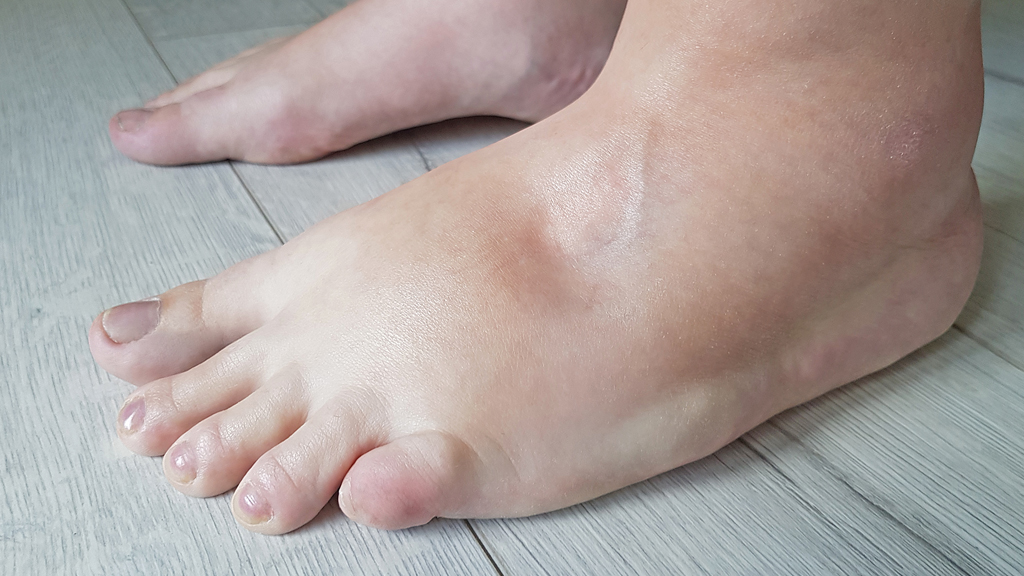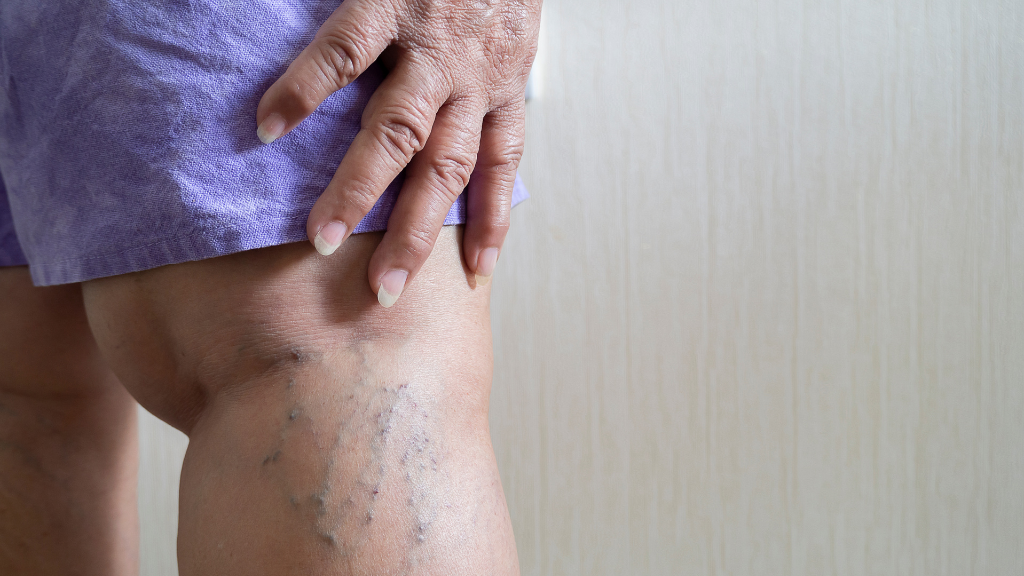This is a 4-minute read.
Lymphedema is a disease that hides in plain sight during its earliest stages. People with stage one lymphedema may just chalk it up to growing older or having swollen feet from a long period of standing.
Meanwhile, if lymphedema is left untreated, it can easily progress to more severe stages that permanently damage the body, limit mobility, and impact long-term health. Here are the signs and symptoms of lymphedema everyone should know.
Lymphedema: The Basics
First, let’s review what lymphedema is and how it damages the body. When the lymph nodes are removed or when the lymphatics are functioning improperly, this can lead to fluid buildup in the lymphatic system. As lymph fluid backs up and is unable to drain properly, it accumulates and creates a toxic blockage.
By definition, lymphedema is chronic fluid buildup which, over time, may go from a fluid form to a solid form. In its solid form, nodules of protein begin to form and harden in place. The patient may experience related conditions like fibrosis and cellulitis.
Late-stage lymphedema can be difficult to manage and may cause persistent infections, loss of leg and arm movement, and severe pain. While there is no cure for lymphedema, early detection and proper treatment make it much more manageable.
Signs and Symptoms of Lymphedema in the Body
There are two main types of lymphedema: hereditary and secondary. Hereditary lymphedema, also known as congenital lymphedema, exists from birth although it may not be detectable until later in life. Secondary lymphedema arises from a variety of events and health conditions including surgery, cancer, infections, radiation, and trauma.
In the first stage of lymphedema, its symptoms may be mild and seem like everyday aches and pains. Symptoms become more prominent and immobilizing as the disease progresses through three additional stages.
Common signs and symptoms include:
- Swelling in the foot, ankle, calf, and/or thigh
- Swelling in the hand or arm
- A sensation of tightness or heaviness in the limbs
- An increasingly restricted range of motion
- Aching, pain, or discomfort
- Persistent, ongoing infections
- A thickening of the skin
Why People Miss the Signs and Symptoms of Lymphedema
Someone with secondary lymphedema, like lymphedema that arises after a surgery or radiation treatment, may receive a fast and proper diagnosis because they’re seeing doctors who are already aware of the risk. However, lymphedema is often hard to detect.
A person with hereditary lymphedema might not realize it until something happens to aggravate their condition and bring it to their attention. For example, some women notice that their lymphedema arises during pregnancy or after giving birth.
Two of the main risk factors for lymphedema are widespread in the population: obesity and arthritis. While advancing age is a known risk factor for developing lymphedema, hereditary lymphedema can arise in children, teens, and young adults.
Having cancer is certainly a risk factor for developing secondary lymphedema. Up to 70% of breast cancer patients may experience some level of lymphedema, yet many of them are unaware of it at first. Perhaps this is because when someone is already battling the challenge of cancer, lymphedema isn’t necessarily on their radar.
Actress Kathy Bates is a well-known lymphedema awareness activist who works with The Lymphatic Network to bring public attention to the disease. Bates was diagnosed with lymphedema after breast cancer and a double mastectomy. She describes her earliest symptoms as a “lightning storm of pain” moving around to various parts of her body.
Because each person experiences the signs and symptoms of lymphedema in their own unique way, it’s important to get a doctor’s diagnosis. Early detection is an essential part of limiting lymphedema’s impact on the body and preserving lifelong health.
This article is a partnership of LE&RN, Lympha Press, and Medical Solutions Supplier. For 25 years, Medical Solutions Supplier has provided innovative compression pump home therapy equipment that supports the best possible patient outcomes.








